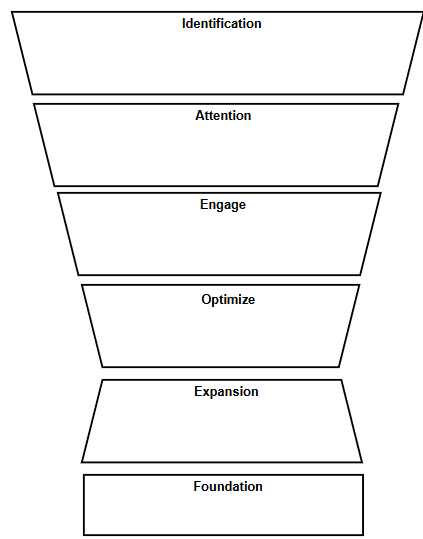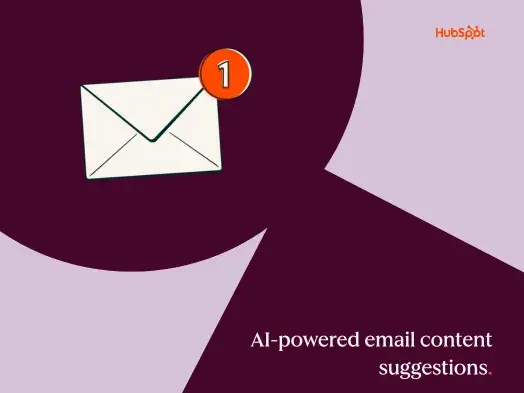By Brenna Lofquist, Client Services Operations Manager at Heinz Marketing
The tech stack is often an area that gets overlooked or ignored and if so, can cost your organization lots of money. Shiny object syndrome is a real thing, especially when AI is so prevalent. Organizations want the next best thing when it comes to technology however, they aren’t taking inventory of what they already have, where they can condense tools, or expand their plan to take advantage of more features and functionality.
It’s crucial to have the right tech stack to support your goals and objectives, as well as your organization as a whole. In this blog, we’ve compiled the most frequently asked questions B2B marketers ask when it comes to their tech stack. You’ll walk away knowing how to assess your tech stack including how to identify gaps and redundancies.

1. How do I prepare a tech stack assessment?
First you’ll need to create a list (if you don’t already have one) of all the marketing and sales technology in your organization. You can use a simple excel sheet and include information like who owns the tool, it’s purpose, and which functions/departments have access.
The second step is to identify your sales and marketing goals, if they aren’t already defined. You’ll need to know this when you’re assessing your tech stack so you can understand if the technology will support those goals.
2. How do I define categories for my tech stack?
Categories should be based on what the technology is used for. These categories support different areas of your business and make it easier to see where you might have gaps or redundancies. There are many frameworks out there. At Heinz Marketing we like to think of the categories in relation to the funnel. Here’s what we use:
- Identification: Identify prospect accounts/targets within your target audience or Ideal Customer Profile (ICP)
- Attention: Capture the attention of prospects
- Engage: Provide opportunities for prospects to engage with your business through content, ads, sales reps, etc.
- Optimize: Analyze data and provide insights that can be used to optimize performance of marketing and sales efforts
- Expansion: Ensure customers are happy, provide great service, anticipate churn, etc.
- Foundation: The base of your business. These tools connect to numerous others within your stack and are at the center of helping your business operate from a marketing and sales perspective. This includes the operational aspect of the organization, which ensures that marketing and sales efforts run smoothly and efficiently
The next step is to then identify which category each of your tools aligns with. You can create a new column in your sheet to add this information. In some cases, there might be a tool that fits into more than one category, which is fine. If you’re a visual person, we recommend creating a diagram like the one below. You can use the logos or write the name of the technology.

3. How do I identify gaps in my tech stack?
To identify gaps review your goals against your tech stack. It really depends on what you’re trying to achieve and if your tech stack can support that. Realistically, you want to make sure every part of the funnel is supported. For example, in the Identification category you might have tools like ZoomInfo, LinkedIn Sales Navigator, or LeadIQ. All of these tools can identify potential prospects based on certain criteria.
If one of your goals is around driving demand or more pipeline, you’ll want to review your tech stack to ensure you have the proper tools to do so. You’ll need tools to capture prospects attention and drive them to your website. You might have different ad platforms, SEO tools, organic search, email, etc. If you are having trouble reaching this goal, review your existing platforms to see if there’s room for improvement or if you need to explore other options. You should go through this exercise with every category and determine where there are gaps.
4. How do I identify redundancies in my tech stack?
To identify redundancies you’ll go through the same process as the previous question but this time you’re looking for tools/tech that do the same thing. For example, in the Optimize category you might have Power BI and Tableau. If that’s the case, review the features and functionality of each tool and determine if you need both. Is there anything one tool can do that the other can’t? Is one less expensive than the other and still provides you with everything you need? There are a handful of things to consider when assessing redundancies and majority of the time it depends on your organization.
If there are features lacking with one tool we recommend reaching out to your account manager (or similar) to explore if those features are available and you were unaware. It’s also important to talk to the teams using the redundant tools to figure out why one might work better over the other. This is especially important if you are planning to sunset one of the tools.
We’ve seen firsthand that many organizations have multiple technology redundancies which costs them more money and in most cases, makes operations less efficient.
In summary
Assessing your tech stack takes time however, your organization can benefit greatly from it! This is something that can/should be done on a yearly basis and will only make your organization stronger, helping you reach your goals. Take the time to go through each tool, talk to those that use it, and figure out the best tech stack for your organization.
Have any questions or want to talk more about your tech stack? Reach out for a free consultation with one of our experts.
The post Frequently Asked Questions About the Tech Stack appeared first on Heinz Marketing.



